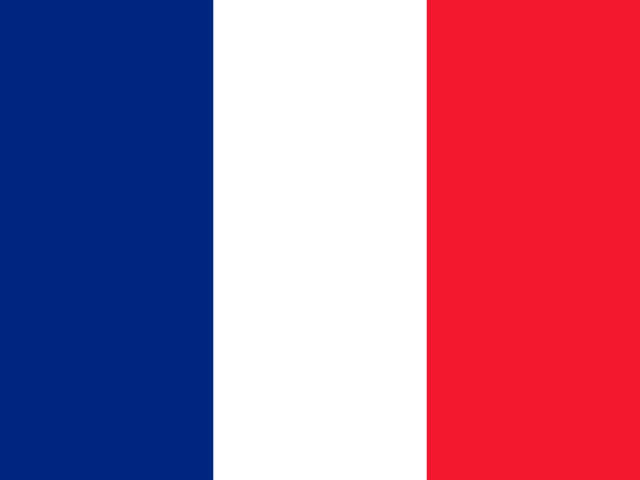Country and market data
Europe
Americas
Asia-Pacific
Africa
Methodological note
In this section we publish a market-based view of the findings, which includes an overview of the most important data points in terms of news. These include an overview of consumption in each market, including details of the most popular news brands – traditional and online. The pages also contain statistics about the different sources of news over time, the role of different social networks, and levels of payment for online news. Information is drawn from the 2024 Digital News Report survey using the methodology outlined here, with the exception of population and internet levels which are drawn from Internet World Statistics1 and press freedom scores from Reporters without Borders.2
Data from India, Kenya, Nigeria, and South Africa are representative of younger English-speakers rather than the national population. The survey was fielded in English in these markets (respondents had the option of selecting Hindi in India and Swahili in Kenya, but the majority selected English), and restricted to ages 18 to 50 in Kenya and Nigeria. In some other markets, where internet penetration is lower, our data often represent younger and more affluent groups – even if they meet other nationally representative quotas. For all these reasons, one should be cautious in comparing some data points across markets where we know these limitations apply. In a few markets we do not ask certain questions (such as on paying for news and podcasts) because sample differences could lead to misunderstandings or misleading comparisons. We have also signalled important details about samples in a short note on the country page, where relevant. We have ordered the countries and markets by geography (Europe, Americas, Asia-Pacific, and Africa) and within each region countries are then ordered alphabetically – with the exception of the UK at the start of the Europe section and the United States at the start of the Americas.
Previously published data from Bulgaria, Indonesia, Kenya, Romania, and Nigeria in 2021 contained a very small number of respondents that should have been excluded during data processing. We have corrected this error in 2024, meaning that some data points on some line charts in these countries have shifted by 1 percentage points.
Finally, we reformulated questions about the use of different devices for any purpose and for news, asking about each device separately to ensure greater accuracy of response. Data will not be directly comparable to previous years and we have indicated this on the charts in question.
Footnotes
1 https://www.internetworldstats.com/
2 https://rsf.org/









